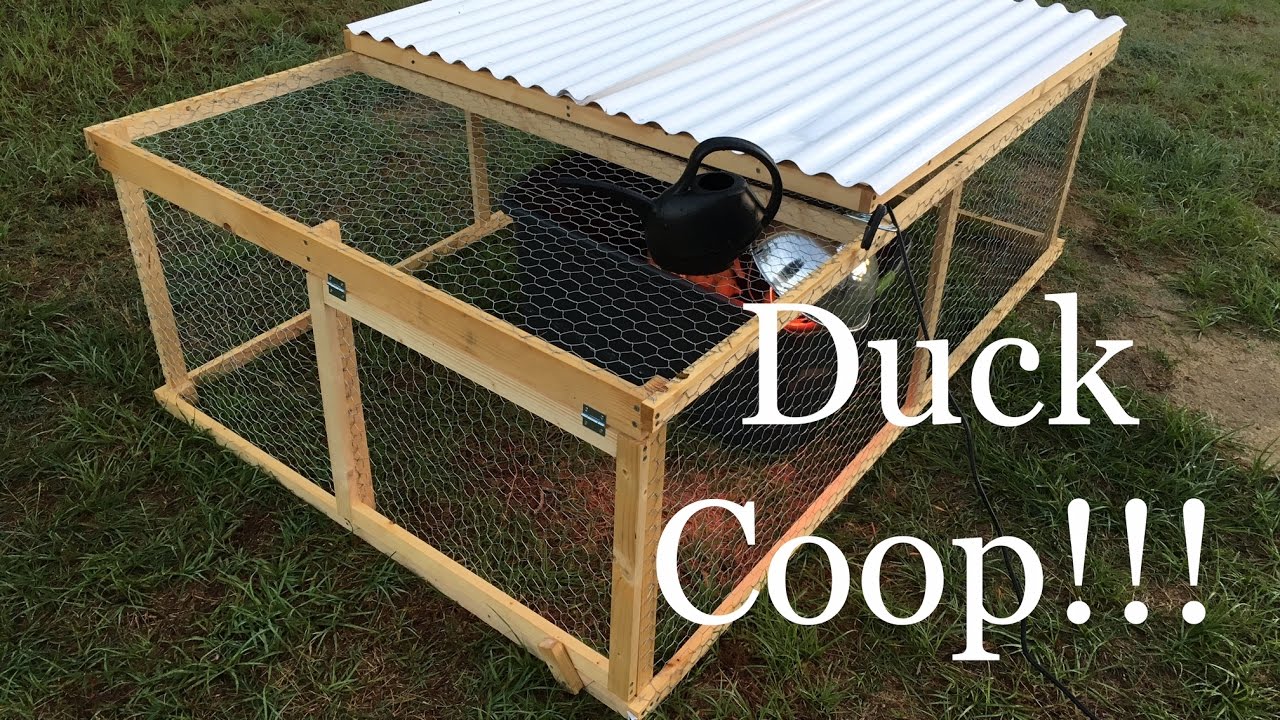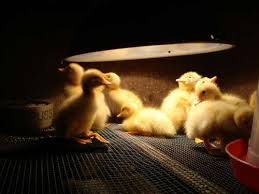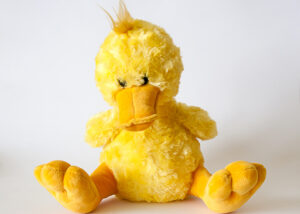Image by Hill Family Homestead
In this article I explain what are the options for a duck encosure / duck pen. There are a few different options, and each has its own benefits and drawbacks. We will explore the different types of enclosures and describe the pros and cons of each option.
Introduction: why keep ducks in an enclosure?
Duck enclosures for pet ducks are a great way to provide your duck with a safe and comfortable place to live. These enclosures come in many different styles and sizes, so you’re sure to find one that fits your needs perfectly. Some of the most popular duck enclosures include cages, coops, and runways.
Types of enclosures: what are the options for my ducks?
- Duck coops: A duck coop is a small, weatherproof enclosure in which you can house your ducks. They are important for keeping your ducks safe and warm, and they also provide a place for your ducks to lay eggs. There are many different types of duck coops available, so be sure to choose one that fits your needs.
- Duck runways: A duck runway is a man-made feature used to direct ducks and other waterfowl to a specific area for feeding or nesting. Duck runways can be as simple as a channel dug into the ground, or they can be elevated above ground on a levee or dike. The main purpose of a duck runway is to provide the birds with a safe and easy way to get to and from the water.
- Duck cage: A duck cage is a wire mesh enclosure used to house ducks. They come in different sizes, but the most common type of duck cage is a small rectangular pen that can be placed on the ground or suspended from a height. Duck cages are typically easy to clean and provide a comfortable place for ducks to live.
There are many different types of enclosures that you can use to house your ducks. Some people use small sheds, while others build elaborate coops or houses. The type of enclosure you choose will depend on how much space you have, how many ducks you have, and what type of ducks they are.
If you have a small yard, you may want to consider using a shed as an enclosure. You can buy a pre-made shed, or build your own from scratch. If you choose to build your own, make sure the roof is waterproof and the walls are sturdy enough to keep predators out.
If you have more space, you may want to consider building a coop or house for your ducks. A coop can be as simple or complex as you want it to be, and can be made from wood or metal.
Size of enclosure: how much space do ducks need?
Duck enclosures for pet ducks can come in a variety of styles and sizes. I typically recommend 1 to 1.5 square feet per duckling.
Depending on your needs, you may want to choose an enclosure that is either free-standing or mounted to a wall. All duck enclosures should have at least one water bowl and some type of feeder.
Building your own duck enclosure
Building your own duck pen is not difficult, and it can be a lot of fun. Here are some tips on how to build your own duck enclosure.
1) Start with a good place to build your pen.
2) Select an area that is flat, dry and has good drainage.
3) Avoid areas where there are rocks or other debris in the ground.
Here’s a video on how to build a duck enclosure for under $100
Fencing: what kind of fence is necessary to keep ducks?
Ducks are a popular pet, but they can also be a nuisance if you’re particular about your lawn/garden. Ducks can destroy gardens and lawns with their constant foraging. In order to keep ducks in your yard, you will need to install a fence.
When choosing a fence for ducks, you will need to consider the height, type of material, and whether or not it is electrified. A fence that is at least four feet high is necessary to keep ducks in your yard. The best material to use for a duck fence is wire mesh, as it is durable and difficult for ducks to escape through. If you elect to have an electrified fence, make sure that the wires are covered so that the ducks cannot touch them.
Shelter: what should be included in a duck shelter?
When considering what to put in a duck shelter, there are a few basic things you need to remember. The shelter should be big enough for the ducks to move around in, and should have a slanted roof so the rain can run off. The floor of the shelter should be covered with straw or some other absorbent material to keep the ducks warm and dry. It’s also important to provide a place for the ducks to get out of the wind and rain, such as a small porch or covered area.
Cleaning and Maintenance: how often should a duck enclosure be cleaned?
Ducks are a great addition to any backyard, but proper cleaning and maintenance of their enclosure is crucial for the health of both the ducks and your plants. The frequency with which you should clean your duck enclosure depends on a variety of factors, including the size of the enclosure, the number of ducks living in it, and how dirty it becomes. In general, you’ll want to clean your duck pen at least once a week – more often if it gets particularly dirty.
Start by removing any wet or soiled bedding from the pen and replacing it with fresh bedding. Next, scrub down all surfaces with hot water and soap. Be sure to pay special attention to areas where droppings have built up, as these can be breeding grounds for bacteria and other contaminants.



